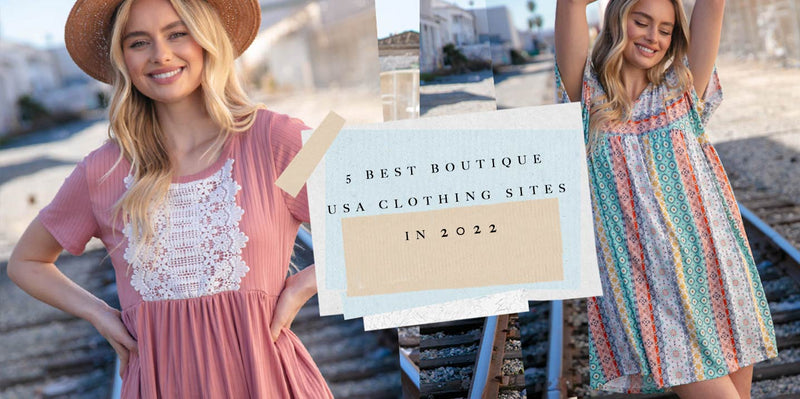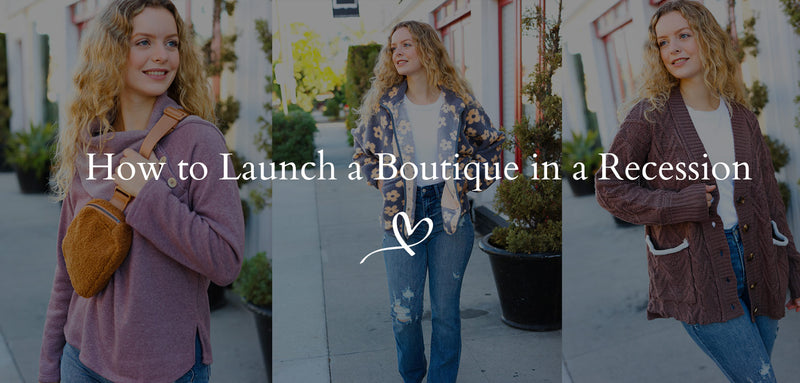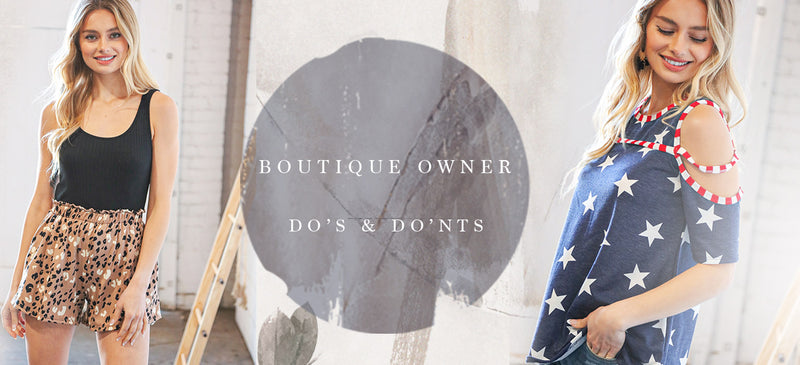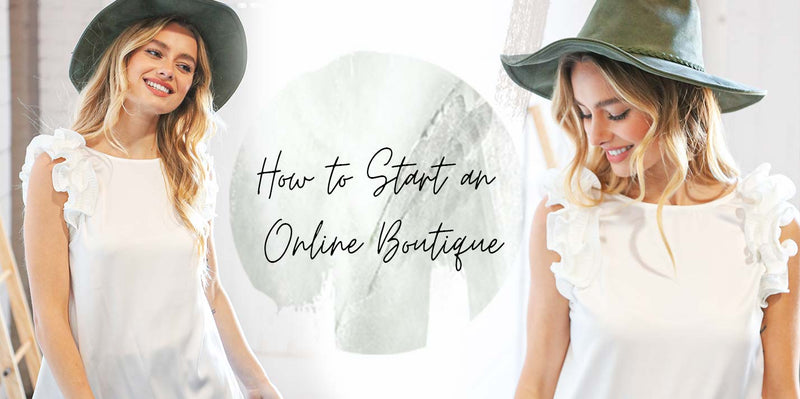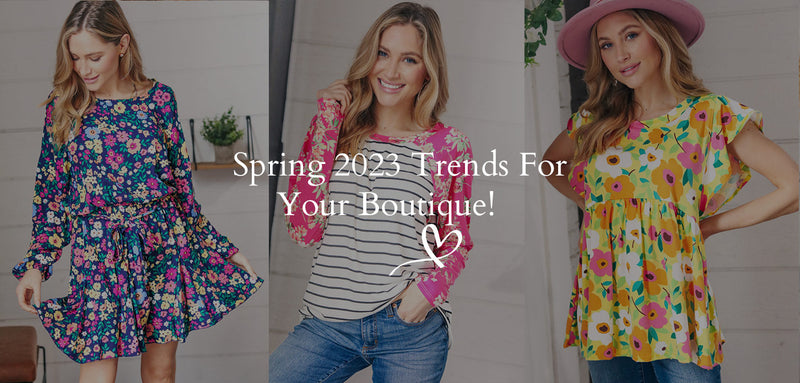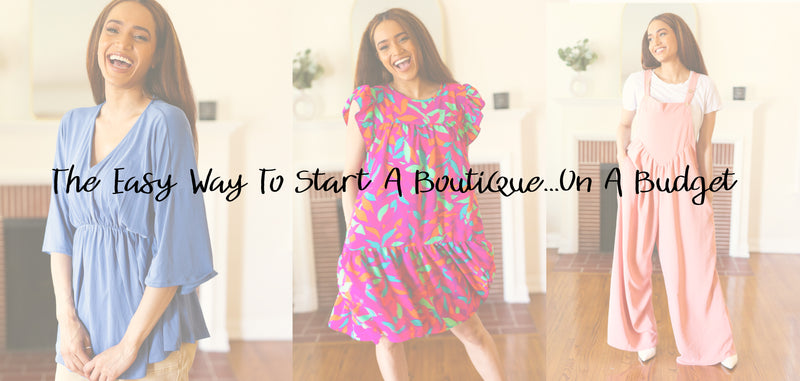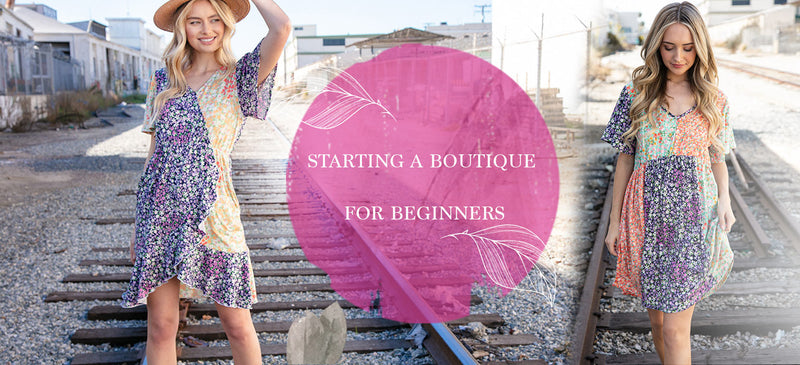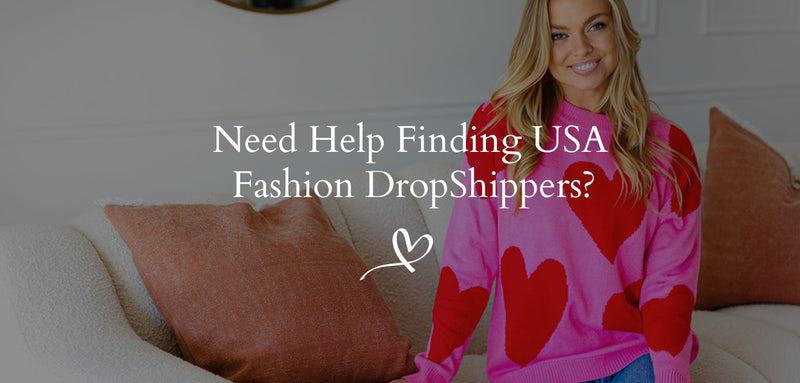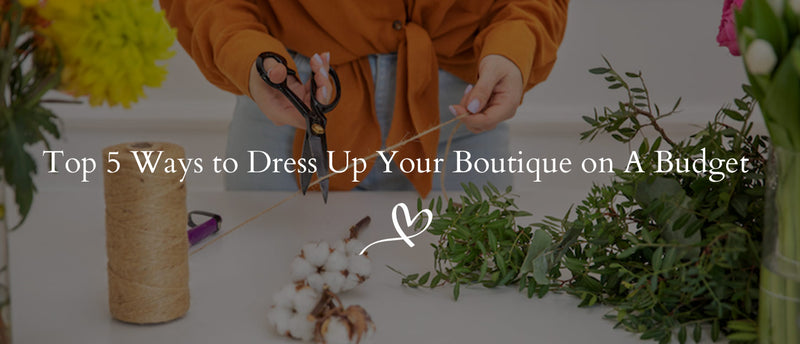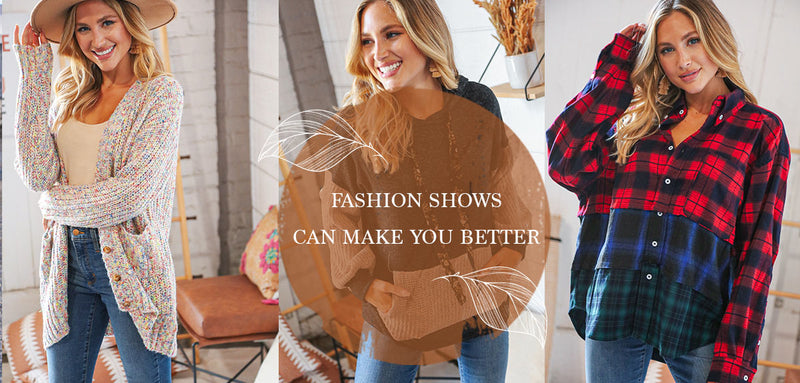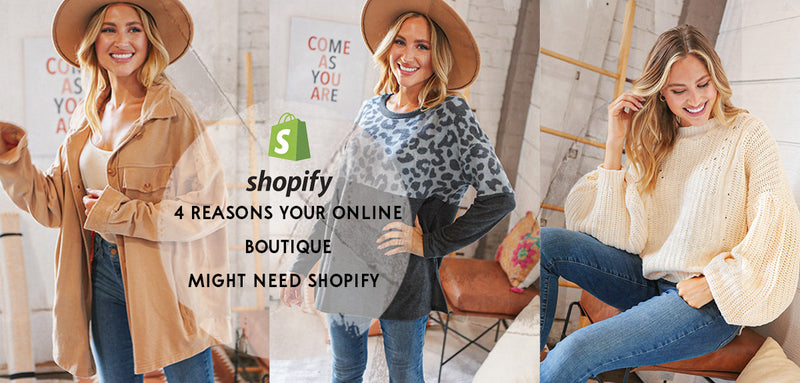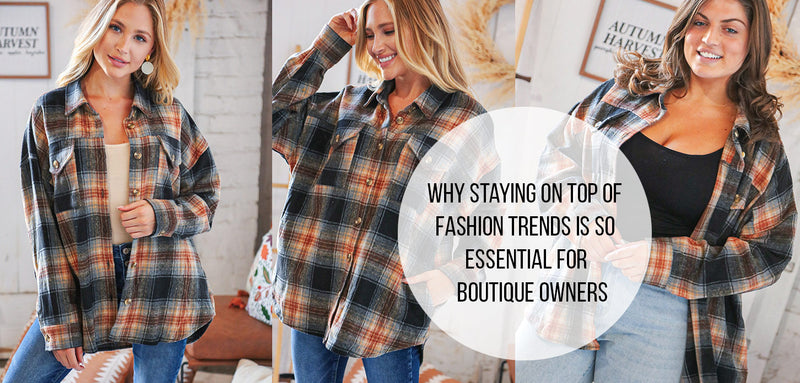
Boutique Blog – by Anna M
3 DropShippers Like the Avenue Shops
Drop shipping is fast becoming the #1 option for women to launch and grow their boutique stores. The benefits are well known; low shipping benefits, cutting inventory costs, flexibility in product variety, and streamlining operations through outsourced fulfillment, all together making it an attractive choice for e-commerce sellers. 3 best drop shipping suppliers similar to Avenue Shops 1. Bloom Drop Ship Bloom has sprouted up quite recently and rose to the top due to is offering of full size runs that run small thru 3x and low costs, both on clothing and subscription price. The number one ingredient that any successful drop shipper will need is product that they can price competievly versus the competition. When you drop ship with Bloom you are always assured that their costs are the lowest compared to any other drop shipper. This is possibly due to the fact that they are the only drop shipper out of Los Angeles which also gives them the ability to launch trends first. I've seen items launch some 3-4 days after the brand itself launched the item. A major perk in out-competing competition! Other then a solid selection and low clothing prices other features include a low subscription cost ($99), website building and assistance, tech packs that include website banners (very helpful) and same day shipping out of America. Avenue Shops is a favorite of all drop shippers but if there was an option that was cheaper (and easier to use) Bloom would be that choice. 2. Boutique Simplified This is a stellar company that has been around for some time and only gotten better thru the years. They offer a nice complementary of unique styles and accessories and they are one nicest and most personable groups to work with. Prices are solid, pictures and models are cute and they ship same day with adorable wrappings and bagging giving your customer that mom and pop feel. The Avenue Shops caters to more of a coastal/trendy customer where as Boutique Simplified is strictly that more midwestern feel. So if your a South Dakota boutique I think its worth trying Boutique Simplified! 3. KiwiDrop I'm not a fan of Chinese dropshippers but I wouldn't be doing my job if I wasn't giving you a popular choice for many drop shippers. Kiwi is a free offering with a huge amount of clothing and accessories available to sync to your Shopify website. I have found that using them for accessories is a great addition a top of your main drop shipping supplier. Some customers don't mind their items shipping from China but it's been my experience in the boutique industry that this is a good way to lose a customer. However shipping accessories and jewelry from China doesn't seem to erk the customers and Kiwi's selection in that department is well beyond any other drop shipper. The great thing about all of these drop shippers including The Avenue Shops is you can use them all! It's worth noting that the biggest companies selling via drop shipping use 4-5 drop shippers for a full comprehensive offering. Good luck!

